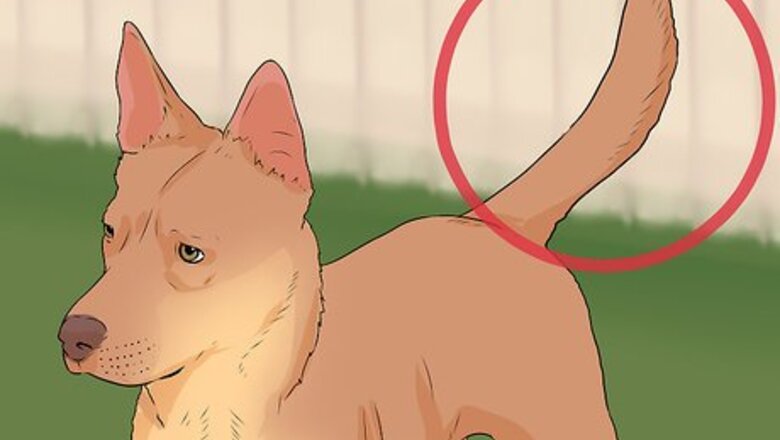
views
X
Expert Source
Indigo WillProfessional Canine Expert
Expert Interview. 8 September 2020.
By observing behaviors like a stiff tail or raised hackles, you can prevent a dog attack before it happens. Additionally, in the unlikely case that you are attacked, there are some ways to de-escalate the situation safely.
Noticing Early Warning Signs
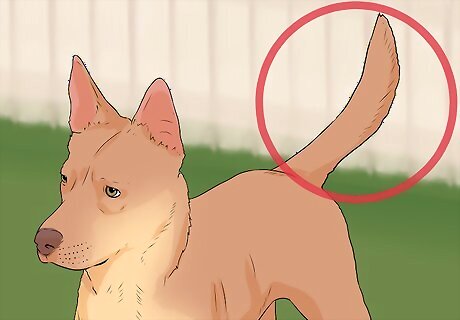
Observe when a dog’s tail is up and stiff. Tail wagging can communicate a variety of emotions, including happiness, anger, or fear. When a dog’s tail is standing up straight or wagging stiffly, this can be an early sign that a dog is feeling threatened, and showing signs of aggression.

Watch out for a wide stance in dogs. When a dog stands with its legs apart and its chest thrown out, the dog might be trying to look bigger and assert dominance. This can be another early warning sign that a dog may bite.
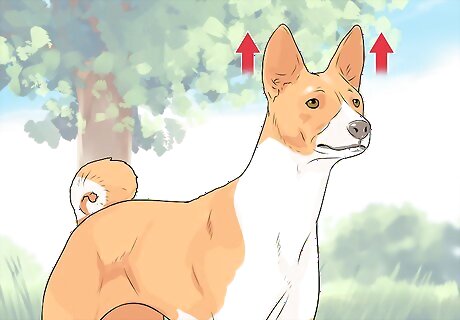
Look for ears that are perked up. When a dog’s ears are standing up, it means they are carefully observing a situation and paying attention to what is happening. This can indicate that a dog is feeling on edge, and could possibly want to bite. There are other reasons why a dog might perk its ears up, so look for this cue in conjunction with other cues.
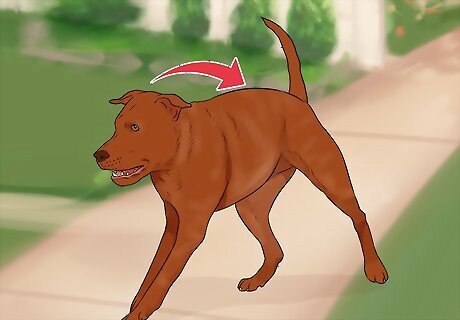
Observe a rigid, tense posture. When a dog tenses up and flexes its muscles, this can indicate fear or aggression. Keep an eye out for rigid postures and stiff muscles, especially in the neck and back. This can be an early sign that a dog wants to bite.
Observing Aggressive Behaviors
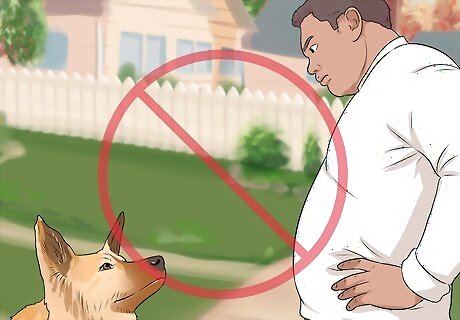
Beware of direct eye contact. Most of the time, dogs will only make indirect eye contact with other dogs or people. In dog language, direct, sustained eye contact can be seen as a threat. If a dog is looking at you, or another dog, squarely in the eye, this is a more serious sign that the dog may bite. If the dog is making direct eye contact with you, look away slowly. If a dog totally avoids eye contact, this can be a sign of defensive-aggression. Watch out for this too.
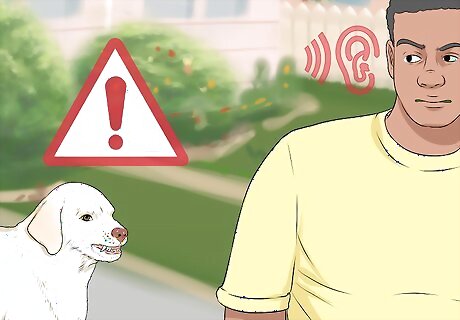
Listen for a low growl. A serious expression of aggressive behavior in dogs is a low, rumbling growl. If a dog is growling, particularly if this growl is sustained for more than a few seconds, consider the dog dangerous. Although growls are often warning signs from dogs, low rumbling growls should always be taken seriously. If the dog is growling at another dog, try removing the non-aggressive dog.
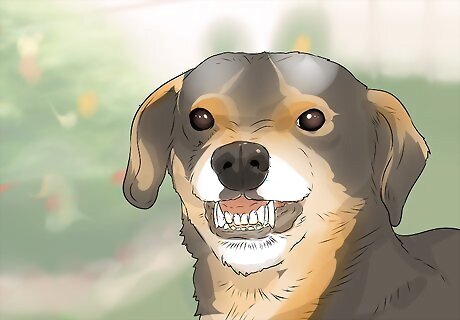
Notice a dog showing its front teeth. When a dog shows its front teeth, this is called “short mouth.” Short mouth is a clear sign of aggression. This action can indicate that the dog is becoming angry, and may bite.
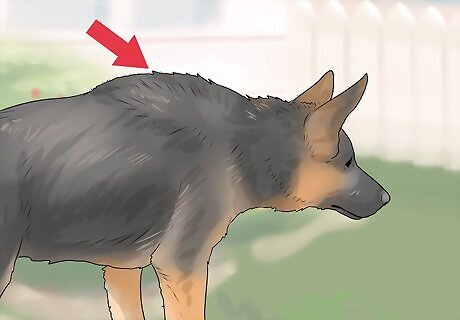
Look for raised hackles on the dog’s back and neck. If a dog is raising the hair on the back of its neck and along the top of its back this is called "raising its hackles." A dog raising its hackles is a sign of aggression. This behavior can mean that a dog want to bite.

Look for low crouching. When a dog feels threatened, it can be unpredictable, and it may bite out of fear. Low crouching can be a signal of "defensive-aggressive" behavior. Look for a lowered head, or a dog bringing it's whole body closer to the ground.
Notice the dog shifting its bodyweight forward. If the dog shifts its weight forward onto its front legs, it could be a sign that it's preparing to attack. Dogs do this so they can easily launch themselves into an attack.
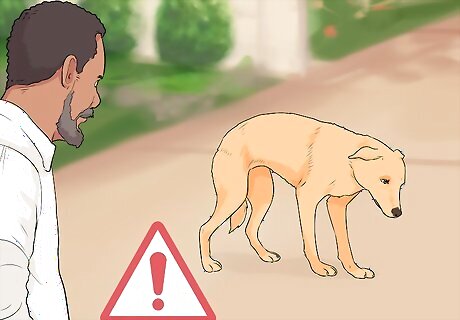
Beware of eye-contact avoidance. Although dogs do not usually make direct eye contact, they also shouldn't actively avoid it. The complete avoidance of eye contact can be a sign of defensive-aggressive behavior.

Notice when a dog's ears are held back. This can be a symbol of fear. When you notice this behavior, especially in conjunction with other signs, it can be indicate defensive-aggressive behavior.
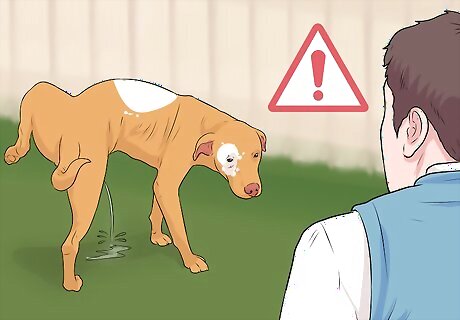
Watch out for signs of anxiety. If a dog is feeling anxious, it could exhibit defensive-aggressive behavior and attack. Some common signs of anxiety in dogs to look out for include: Urinating out of submission. Lip licking Paw raising Yawning
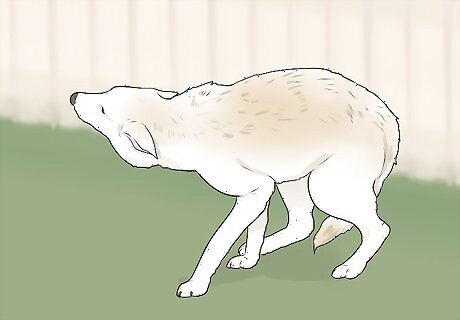
Distinguish playing from real aggression. A bit of play growling and barking is normal between dogs, or even between dogs and humans. The key is to notice a dog’s overall body language. Remember that extreme submissiveness--such as cowering, urinating, and tucking the tail--can indicate defensive aggression. Look at the muscles in the dog’s legs and shoulders, as well as the expression on the dog’s face. If the dog is loose and relaxed, they are most likely just playing. If the dog seems tense and serious, you may want to de-escalate the situation by backing away or separating the dogs.
Handling a Potential Dog Attack
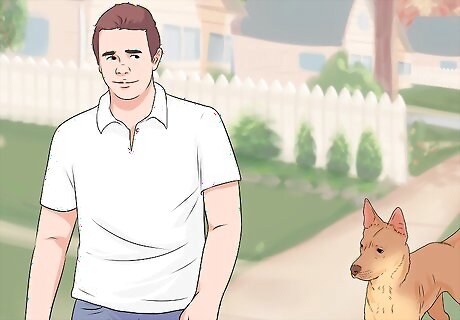
Remain calm and in control. If it seems like a dog might attack you, it is important for you to stay calm. Try not to give in to anxiety or fear, and avoid yelling or hitting the dog. A dog wants to scare you and cause you stress before it attacks. If the dog sees that you’re calm and collected, it might cause the dog to stop. You should also avoid making direct eye contact with the aggressive dog. If a dog is actively attacking you, you may need to yell or hit the dog.
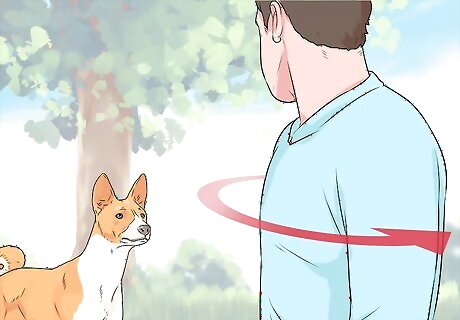
Back away from the dog. If a dog is advancing toward you, it is best not to turn and run. Instead, back away swiftly while facing in the direction of the dog. If the dog sees that you are backing up, it may cease the aggression. However, if you run, the dog is likely to chase you. If the dog continues to follow and threaten you, you should stop moving, slowly clasp your hands together in front of your genitals, and stare down at your feet. In the event that a dog is actively attacking you, you may need to free yourself and try to run away.
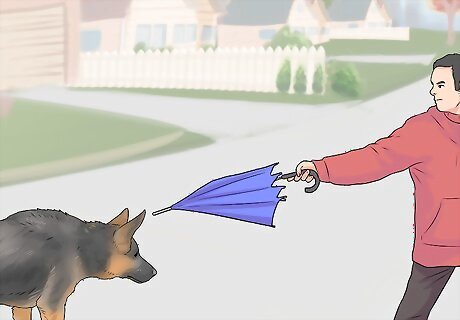
Fight off the dog during an attack. Hopefully, you will be able to defuse any aggressive dog behaviors before they result in an attack. However, in the event that a dog is actively attacking you, there are some things you can do to protect yourself and fight the dog off. Once again, do your best to stay calm. In the event of a dog attack, you can: Place something between you and the attacking dog. You can use the arm of your jacket, an umbrella, or anything else that you have with you. Protect your face, neck, and groin. Keep your hands in fists to protect your fingers. Call for help. Kick the dog in the eyes, ribs, or groin to free yourself.
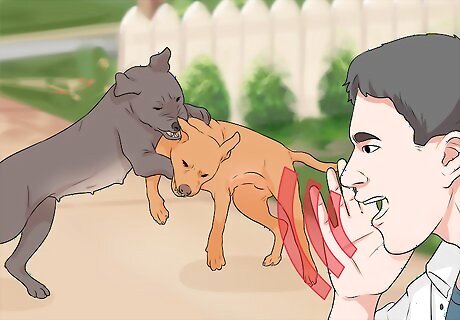
Break up a dog fight. If two dogs begin to fight, you will want to break it up before anyone gets hurt. In order to protect yourself, it is best to break the fight up from a distance. Never place yourself, or any part of your body, between the fighting dogs. Some methods for breaking up a dog fight include: Making a loud, startling noise. Spraying the dogs with a hose. Throwing a blanket over them. Placing a barrier (like a jacket or backpack) between them.












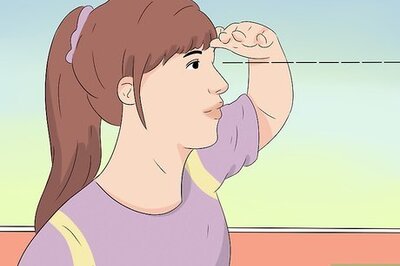







Comments
0 comment